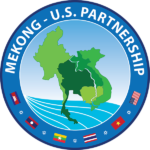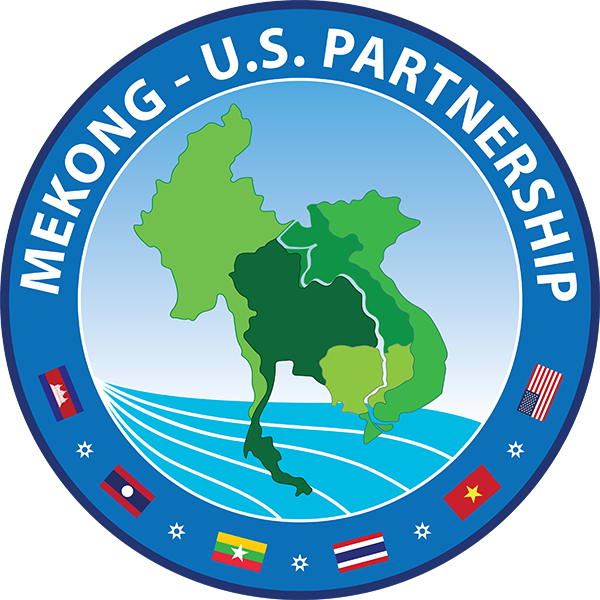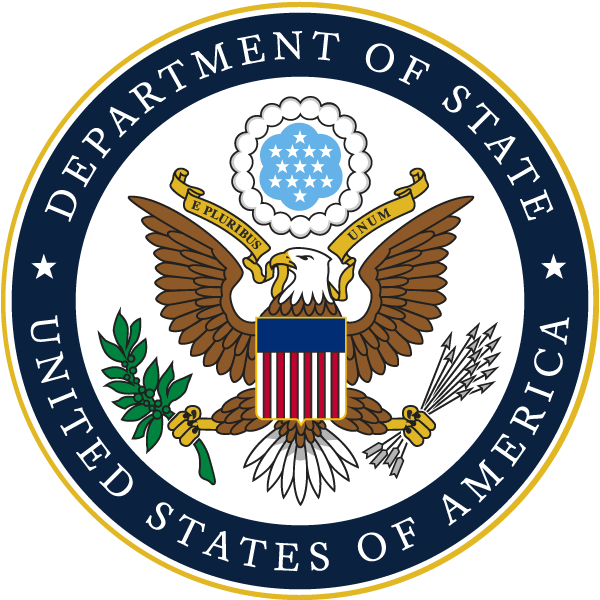What We Do at the Sustainable Infrastructure Partnership
To mark World Water Day last year, March 22, 2022, our team in Bangkok produced a video introducing the work of the Sustainable Infrastructure Partnership. To date, there have been more than 3,500 views of the video. Enjoy this look back at the reasons why we do what we do! https://www.youtube.com/embed/j0dIGw03LRI?feature=oembed
Cooperating with the MRC on Groundwater
Countries of the Lower Mekong region are turning to groundwater resources to meet the growing needs for irrigation, industrial use and household drinking water. In the highlands, for example, groundwater resources are pumped to irrigate high-value coffee plants, while in the lowlands, groundwater provides supplementary irrigation for rice growing. Yet groundwater is “invisible” and is…
Mekong Research Symposium Shows Value of Local Partnerships
Civil society partners and local communities brought new dimensions to this year’s Mekong Research Symposium (MRS), which took place in Chiang Rai, Thailand, from 14 – 16 March. They spoke about the value of citizen engagement in deciding what data are useful and who needs the data, why local communities should be involved in collecting…
Strengthening Flood and Drought Forecasting
4,000 training hours, 111 trainees, and 19 government agencies in Lower Mekong countries. Those, in brief, were the numbers highlighted at the wrap-up event for a US-Republic of Korea (ROK) capacity-building project on 4 October 2022. The project, ‘Improved Hydrological and Hydraulic Decision Support for the Mekong Basin,’ took place over a 13-month period from…
Reporting Tour Showcases Mekong Projects
Pact's Mekong Programs staff at the Mekong Community Institute Local communities that depend on the Mekong River for fishing, farming and tourism were front and center of a reporting tour of Thailand’s resource-rich northeast, from 24-25 March. Staff from Pact’s Mekong Programs accompanied Thai journalists and US embassy officials, including some from USAID, on a…
USACE Visit Boosts Mekong-U.S. Cooperation
The US Army Corps of Engineers (USACE) visited several government agencies responsible for water resource management in Thailand, during a visit in December 2021 to explore possible partnership opportunities. The USACE team, accompanied by staff of the Sustainable Infrastructure Partnership (SIP), visited the Royal Irrigation Department (RID) on 15 December 2021 for discussions about areas…
Investigating Sustainable Energy Development Opportunities
Did you know: Thailand used 60 TW of power just to run air conditioning in 2020—but stricter energy efficiency standards could reduce this consumption by 20 to 30 percent? Cambodia's hydropower production was curtailed by the Mekong drought in 2019-2020? Vietnam was a late starter in renewable energy, but feed-in tariffs helped install 9GW of…
Measuring What We Manage
Did you know that the US Government’s National Aeronautics and Space Administration (NASA) makes its data available online for free? People can also make use of its data tools and data “recipes,” through its online tutorials for accessing and using data. Now, the Sustainable Infrastructure Partnership (SIP) is working with NASA and other government agencies to…
Learning to Manage Groundwater Data in Thailand
A professional cohort of geologists and planners from Thailand’s Department of Groundwater Resources (DGR) has learned new skills for managing groundwater data, through a custom-designed training course led by the US Geological Survey (USGS). Thai farmers and poor household in some of the driest parts of the country rely on groundwater for drinking and irrigation,…
Capacity Building during the COVID-19 Pandemic
When the first Covid-19 cases were reported, the Sustainable Infrastructure Partnership (SIP) team was still closing out our biggest annual event, the Mekong Research Symposium in Hanoi, Vietnam. Almost 300 people had attended the water management event, and interest was high for another such meeting. Then came January 2020. Some SIP project activities slowed, but plans…
Is the Tonle Sap in Crisis? Learning the Lessons of History
The royal city of Angkor was unique. A complex system of irrigation channels and reservoirs enabled intensive rice cultivation that supported an estimated population of one million people. At its height, Angkor was the largest city in the pre-industrial world, and is called the world’s first ‘hydraulic city.’[1] Today, only its iconic stone temples and related…
How Bangkok Stopped Sinking – and What the Mekong Delta Could Learn
In the 1980s, the city of Bangkok, Thailand, was sinking at a rate of 10 cm a year. Rapid development and uncontrolled pumping of groundwater threatened the imminent collapse of one of the world’s great cities. Today, despite the increased density of buildings and people, Bangkok has slowed its rate of land subsidence to 1…
 Mekong - U.S. Partnership
Mekong - U.S. Partnership


